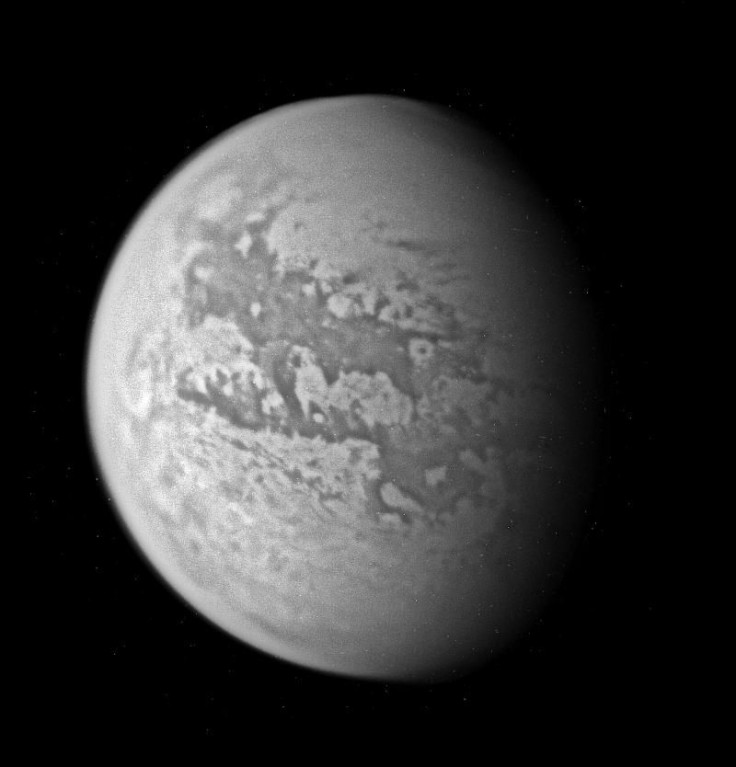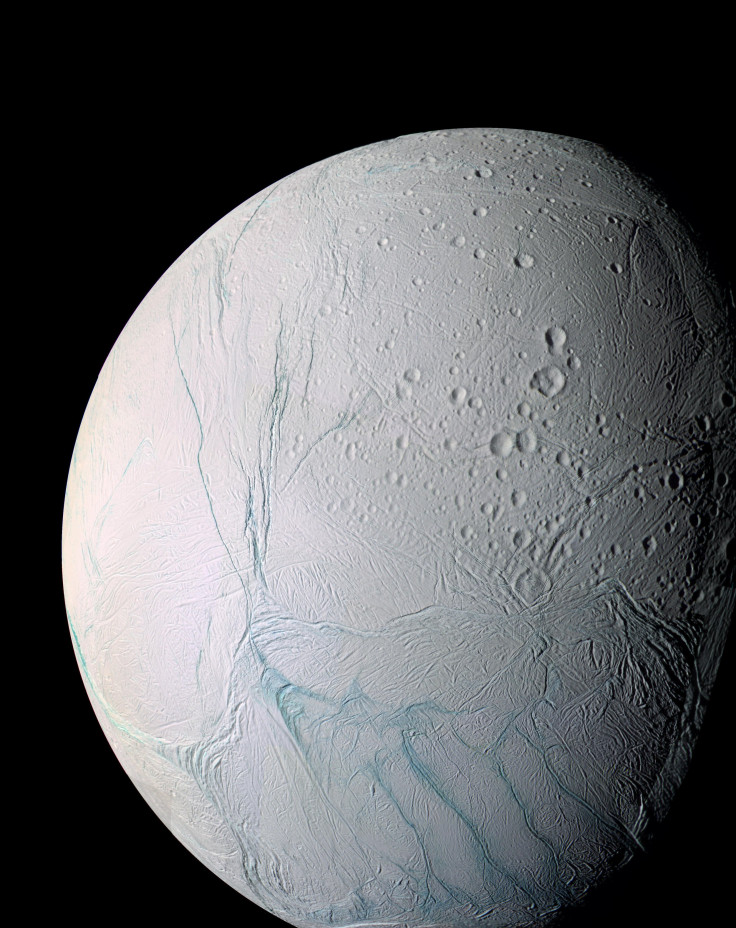The Oldest And Youngest Moons In Our Solar System

Our solar system has dozens of moons, orbiting both planets and dwarf planets, that are different sizes, shapes and colors. Those varying features, and their different distances from Earth, means some of them are easier to spot — so we have known about some moons much longer than others.
Humans have gazed up at Earth’s moon since prehistoric times. It would take thousands of more years for astronomers to officially recognize any other natural satellite.
Fantastic four

The first four were Ganymede, Callisto, Io and Europa, which orbit around Jupiter. Italian astronomer Galileo Galilei, who is most famous for asserting that the Earth orbited the sun and being punished for it, discovered them in 1610, and they have become known as the Galilean satellites.
Io is known for its volcanic activity, with more occurring there than anywhere else in the solar system. Scientists recently discovered this activity might contribute to the auroras on its host planet. Jupiter has much more intense auroras than the ones we see on Earth, which are caused by charged particles blown here from the sun interacting with our planet’s atmosphere and magnetic field. But Io has “hundreds of volcanoes, some erupting lava fountains dozens of miles (or kilometers) high,” according to NASA. Some scientists say the energy erupting from the volcanoes is what causes Jupiter’s dazzling auroras.
Europa is a moon covered in water ice that astronomers have been studying for traces of life. There could be an ocean underneath its surface as well as a heat source, meaning it could potentially harbor extraterrestrial creatures and expand our ideas about what makes a world habitable beyond the amount of sunlight that reaches its surface.
Ganymede, the largest moon in the entire solar system. It’s bigger than the innermost planet Mercury and about 75 percent the size of Mars. “If Ganymede orbited the sun instead of orbiting Jupiter, it would easily be classified as a planet,” NASA says. It also has an extremely thin atmosphere of oxygen.
Finally, Callisto holds the record for the most cratered object in the solar system. “Callisto’s surface is the darkest of the Galileans, but it is twice as bright as our own moon,” NASA explains. “It is thought to be a long dead world, with hardly any geologic activity on its surface. … With a surface age of about 4 billion years, Callisto has the oldest landscape in the solar system.”
According to NASA, the original four are part of a squad of 69 known moons orbiting Jupiter, although only 53 of them have names so far.
It would be another 45 years before the next moon was discovered: Saturn’s largest moon, Titan. The Dutch scientists Christiaan Huygens found it in 1655. Giovanni Cassini discovered four more moons around Saturn in the coming decades — Iapetus in 1671, Rhea in 1672, and Tethys and Dione in 1684.


Saturn has 53 confirmed and named moons and eight other possible moons.
This all happened before we even finished discovering the planets in our own solar system. While the inner planets — Mercury, Venus and Mars — were already known, as were the largest planets in our system, Jupiter and Saturn, it wasn’t until 1781 that we found Uranus. Neptune followed in 1846 and Pluto, although it has since been downgraded to a dwarf planet, was discovered all the way in 1930.
If you consider that a number of scientists believe there is a ninth undiscovered planet in our solar system — and some even believe there is a 10th as well — it is possible that all the dozens of moons we have spotted in the far reaches of our solar system will have been found before our understanding of the planets is complete.
New moon
The most recent moon discoveries were made in the last two years.
Scientists at the Carnegie Institution of Washington announced earlier this year that they had found two new moons orbiting Jupiter, which are going by the names S/2016 J1 and S/2017 J1. The team said the pair is not part of Jupiter’s group of “lost moons” — moons experts had previously discovered but, due to their odd orbits, lost track of. According to the scientists, there may even be more new Jupiter moons out there, but they need more observations to confirm this. The two that have been confirmed were discovered in March 2016 and March 2017, but not much is known about them.
A year before the first in this pair was found, astronomers using the Hubble Space Telescope also found a moon in orbit around the dwarf planet Makemake, which is in the outer solar system’s Kuiper Belt just like Pluto. NASA said last year that the moon is about 3,000 miles away from Makemake and is about 100 miles across.
“A moon’s discovery can provide valuable information on the dwarf-planet system,” the space agency says. “By measuring the moon’s orbit, astronomers can calculate a mass for the system and gain insight into its evolution. Uncovering the moon also reinforces the idea that most dwarf planets have satellites.”
© Copyright IBTimes 2024. All rights reserved.











